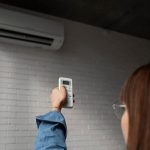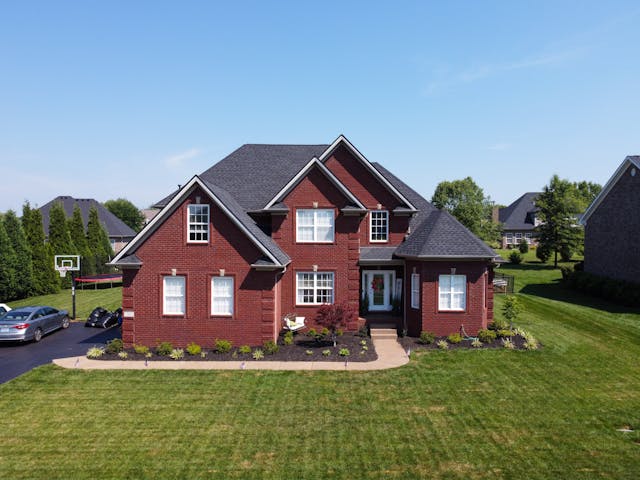This is a sponsored guest post.
As a homeowner, the decision to invest in insulation is a crucial step towards enhancing the comfort, energy efficiency, and sustainability of your property. Navigating through the myriad of insulation options available, such as Pricewise Insulation, on the market can help you do things more easily. From different materials to varying R-values and installation techniques, there’s a lot to consider. To streamline the process and ensure you make the best choice for your home, we’ve compiled the ultimate checklist for buying insulation.
Assess Your Needs
Before diving into insulation options, it’s essential to assess your home’s specific requirements. Factors such as climate, building design, existing insulation, and budget will influence your decision. Determine which areas of your home need insulation and prioritize accordingly.
Understand R-Value
R-value measures insulation’s thermal resistance—the higher the R-value, the greater the insulation’s effectiveness. Consider the recommended R-values for your region and desired level of insulation. Different areas of your home may require different R-values, so be sure to tailor your choices accordingly.
Research Insulation Materials
Insulation materials come in various forms, each with its own set of benefits and drawbacks. Common options include fiberglass, cellulose, foam board, and spray foam. Research the characteristics of each material, such as its thermal performance, cost, environmental impact, and compatibility with your home’s structure.
Consider Environmental Impact
Sustainability is an increasingly important consideration for homeowners. Look for insulation materials that are eco-friendly and have minimal environmental impact. Recycled content, renewable resources, and low emissions are indicators of environmentally responsible insulation options.
Evaluate Installation Requirements
Insulation installation can vary in complexity, depending on the material and application method. Determine whether you’ll be installing the insulation yourself or hiring a professional contractor. Some materials may require specialized equipment or expertise, so factor in installation costs and logistics accordingly.
Check Building Codes and Regulations
Familiarize yourself with local building codes and regulations regarding insulation requirements. Compliance with these standards is essential for ensuring the safety, durability, and energy efficiency of your home. Consult with local authorities or building professionals if you have any questions or concerns.
Assess Moisture Resistance
Moisture can compromise insulation’s performance and lead to mold, mildew, and structural damage. Choose insulation materials that offer adequate moisture resistance, especially in areas prone to high humidity or water exposure. Proper ventilation and moisture control measures should also be incorporated into your insulation strategy.
Think About Long-Term Savings
While upfront costs are important, it’s equally crucial to consider the long-term savings associated with high-quality insulation. Energy-efficient insulation can lead to significant reductions in heating and cooling costs over time, ultimately offsetting the initial investment. Calculate potential savings based on energy efficiency ratings and projected utility expenses.
Explore Rebates and Incentives
Many government agencies, utility companies, and non-profit organizations offer rebates and incentives for installing energy-efficient insulation. Take advantage of these programs to offset the cost of insulation upgrades and maximize your return on investment. Research available incentives in your area and ensure compliance with eligibility requirements.
Get Multiple Quotes
Finally, before making a decision, obtain multiple quotes from reputable insulation contractors or suppliers. Compare prices, warranties, and service offerings to ensure you’re getting the best value for your money. Don’t hesitate to ask for references or testimonials from past clients to gauge the quality of their work.
The Bottom Line
Buying insulation for your home requires careful consideration of various factors, including materials, R-values, installation requirements, environmental impact, and long-term savings. By following this comprehensive checklist, you can make informed decisions that enhance your home’s comfort, energy efficiency, and sustainability for years to come. Whether you’re retrofitting existing insulation or insulating a new construction, investing in quality insulation is an investment in the future of your home and the planet.

Hi there! I am Emily Evert, the owner of Emily Reviews. I am 28 and live in a small town in Michigan with my boyfriend Ryan and our two pugs. I have a large family and I adore my nieces and nephews. I love reading memoirs, and learning about child development and psychology. I love watching The Game of Thrones, Teen Mom, Sister Wives and Veep. I like listening to Jason Isbell, John Prine, and other alt-country or Americana music. I created Emily Reviews as a creative outlet to share my life and the products that I love with others.
This post currently has no responses.


















Leave a Reply